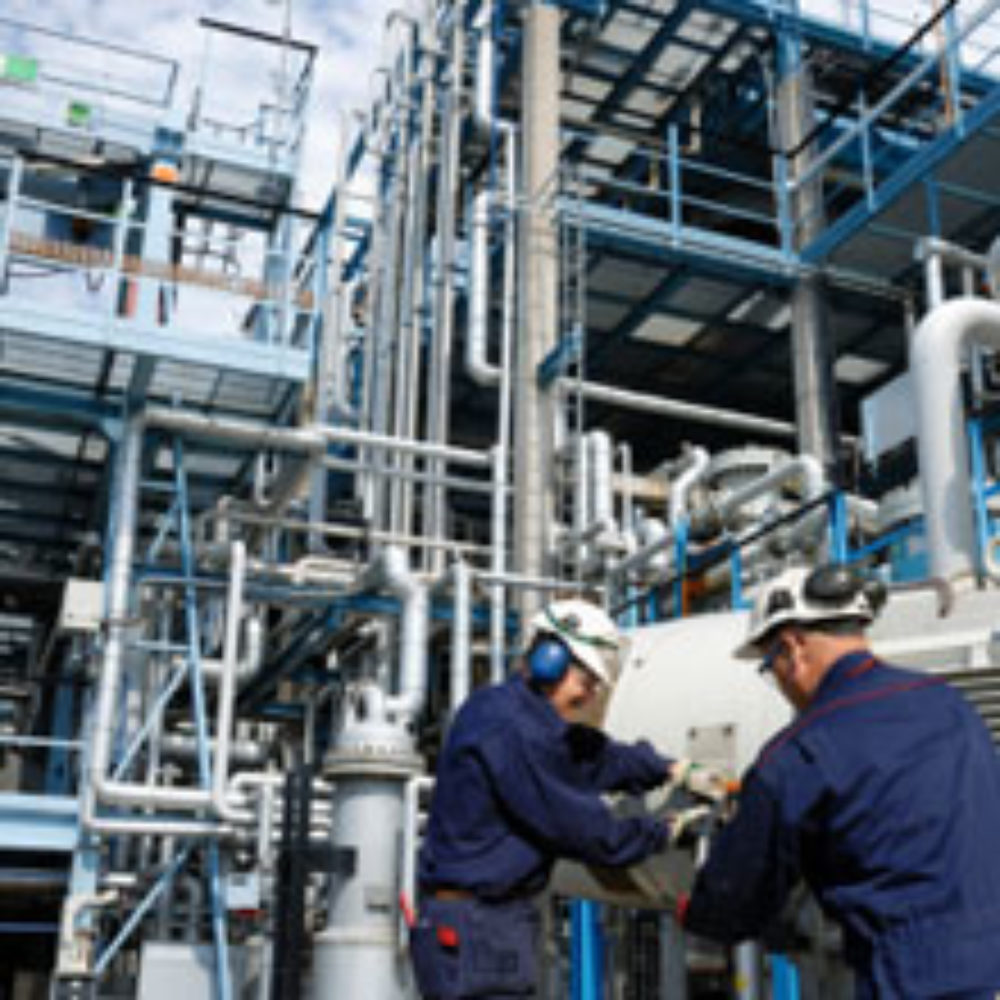Radioactive Hydrofracking Wastewater Dumped in Water Supply: Report

Radioactive wastewater is being dumped into the drinking water of Pennsylvania and other states by a controversial drilling process known as hydraulic fracturing, or hydrofracking, according to recently obtained documents and investigative reports.
According to the New York Times, wastewater from the hydrofracking process can be as much as thousands of times more radioactive than the maximum allowed by federal drinking water standards and contains a number of other carcinogens, such as benzene. However, the water, generated in massive amounts by tens of thousands of wells, is being trucked to wastewater treatment plants that cannot properly clean it and then discharged into the drinking water supply. In some cases the treatment plants do not even test for radioactivity.
Thousands of pages of internal documents from the Environmental Protection Agency (EPA), as well as drilling companies and state agencies, were obtained by the New York Times. The documents reveal previously unreleased dangers about the hydrofracking process.

Did You Know?
Millions of Philips CPAP Machines Recalled
Philips DreamStation, CPAP and BiPAP machines sold in recent years may pose a risk of cancer, lung damage and other injuries.
Learn MoreHydrofracking is a drilling technique that is used to access pockets of natural gas that are trapped in the bedrock. It is also often referred to as coalbed methane mining. Drillers pump a deluge of water, sand and chemicals into the ground at high pressure, causing the rock to fracture and forcing the natural gas out of the pocket for collection.
The hydrofracking mixture is then sucked out, put into trucks and shipped to wastewater treatment plants for cleaning. However, only about 10 to 40 percent of the water is recovered, and some critics say that contaminated water can find its way into groundwater supplies and wells.
One well can produce over a million gallons of wastewater, and Pennsylvania alone has 71,000 wells. Its wells have produced more than 1.3 billion gallons of wastewater over the last three years. Nationwide, there were nearly half a million active natural-gas wells in 2009, 90% of which have relied on hydraulic fracturing at some point.
Natural gas has been heralded as a far more environmentally friendly fuel than most fossil fuels currently in use. Some estimate that the U.S. natural gas reserves could supply the country with all of its energy needs for more than a century. The booming industry has brought a large number of jobs and revenue to failing state economies.
There have been an increasing number of incidents and concerns as the process has become more widespread and more powerful. Waste from drilling during a drought in 2008 in Pennsylvania contaminated drinking water so badly that the Pittsburgh area was placed on a bottled water advisory. In Texas, where there are about 93,000 natural gas wells, six counties with the highest well counts are reporting that a quarter of all children have asthma, well over the state average of 7 percent.
On Monday, U.S. Representative Edward Markey, of Massachusetts, and Rep. Rush Holt, of New Jersey, began an investigation into hydraulic fracturing, seeking detailed information from the Interior Department. Markey is the ranking member of the House Natural Resources Committee and Holt is the ranking member on the energy subcommittee.
Last week, Maryland administration officials told state legislators that there should be at least a two year study before giving natural gas drilling companies access to gas-laden shales in the western part of the state. The Maryland House of Delegates is considering a bill that would put such a moritorium in place until July 2013.
There have been concerns about the hydraulic fracturing process for over a decade. It was first used extensively in parts of the South and in Wisconsin’s Powder River Basin, where environmentalists and concerned land owners first claimed that the process was tainting their well water and causing air pollution. Sublette County in Wyoming now has higher ozone levels in the air than Los Angeles.
At this year’s Academy Awards, a documentary on gas drilling, Gasland, was nominated for an Oscar. It featured several members of the Powder River Basin Resource Council.
Get more articles like this sent directly to your inbox.
"*" indicates required fields





0 Comments